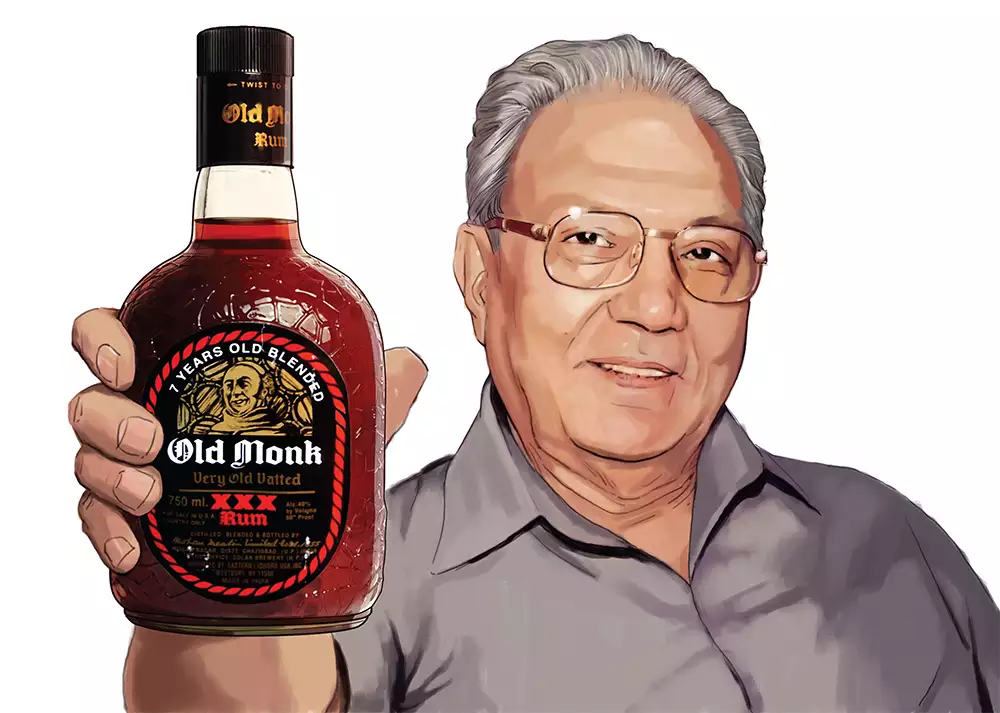Old Monk, an iconic name in Indian liquor history, is more than just a drink; it’s a tale of triumph, nostalgia, and eventual decline. Once the third largest selling rum in the world, Old Monk has become a symbol of both success and cautionary tales in the business landscape. This blog explores the journey of Old Monk, analyzing its meteoric rise, the factors contributing to its decline, and the lessons we can learn from its story.
1. The Glory Days of Old Monk
Launched in 1954 by Mohan Meakin, Old Monk quickly became a household name. With sales reaching an astonishing 8 million cases per year, it dominated the market without spending a single rupee on advertising. The brand thrived on word-of-mouth and its strategic positioning as a “tough man’s drink,” often associated with the Indian army.
Why Did Old Monk Succeed?
- Availability of Raw Materials: India had an abundance of sugarcane, making it easy and cost-effective to produce rum.
- Unbeatable Taste: The meticulous aging process in oak barrels gave Old Monk its rich and complex flavors.
- Aesthetic Packaging: The unique bottle design made it stand out on shelves, enhancing its visibility.
- Regulatory Advantage: High import duties on foreign spirits limited competition in the local market.

2. The Decline of Old Monk
Despite its initial success, Old Monk faced significant challenges in the late 1990s and early 2000s. Liberalization of the Indian economy opened the market to new competitors, while changing consumer preferences leaned towards premium spirits.
Factors Leading to Decline
- Market Liberalization: New brands entered the market, diluting Old Monk’s dominance.
- Failure to Innovate: The brand struggled to launch new products that resonated with evolving consumer tastes.
- Government Regulations: State-level monopolies and favoritism towards local brands led to a decline in availability.
3. The Comeback Journey
In recent years, Old Monk has shown signs of revival, with sales rebounding to approximately 8 million cases as of 2021. This resurgence raises questions about the strategies employed to reclaim its market position.
4. Lessons Learned from Old Monk’s Journey
| Lesson | Description |
|---|---|
| Quality Over Marketing | A strong product can succeed without traditional advertising. |
| Innovate or Die | Continual innovation is crucial to staying relevant in a competitive market. |
| Diversify Offerings | Relying on a single product can be risky; diversification can mitigate risks. |
| Understand Market Dynamics | Adapt to changing consumer preferences and regulatory landscapes to maintain a competitive edge. |
5. Conclusion
The story of Old Monk is a compelling case study that illustrates the complexities of brand management. From its rise to becoming a cultural icon to its struggle for survival in a competitive landscape, Old Monk embodies valuable lessons for businesses. As it attempts to navigate the future, the brand’s legacy will undoubtedly continue to resonate with both loyal consumers and industry observers.
If you’re interested in exploring more about the dynamics of the Indian liquor market, check out this article for in-depth insights.

